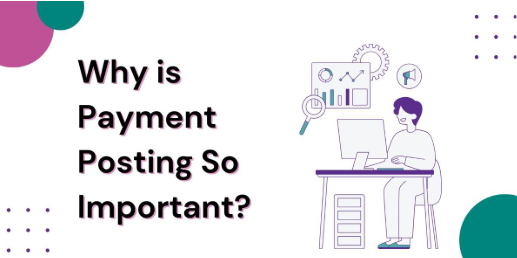If you’re a doctor or practice manager feeling overwhelmed by medical billing complexities, you’re not alone. With evolving regulations, insurance changes, and new coding requirements in 2025, even experienced healthcare professionals find themselves asking the same questions about billing processes. The good news? Most billing confusion stems from a handful of common issues that, once understood, can dramatically improve your practice’s revenue cycle management.
Let’s dive into the most frequently asked questions about medical billing in 2025 and provide you with clear, actionable answers.
What is medical billing and how does it work in 2025?
Medical billing 2025 involves submitting healthcare claims to insurance companies and processing payments for medical services provided to patients. The process starts when a patient receives care, continues with proper documentation and coding, then moves to claim submission and payment collection.
Today’s medical billing process is more digital than ever, with most practices using electronic health records (EHR) systems that integrate directly with billing software. The key steps remain the same: patient registration, insurance verification, service documentation, medical coding, claim submission, payment posting, and follow-up on unpaid claims.
Why are my claims getting denied so frequently?
Claim denial reasons in 2025 typically fall into several predictable categories. The most common culprits are incorrect patient information (wrong insurance ID numbers or demographic details), missing prior authorizations, and timing issues like filing claims past insurance deadlines.
Coding errors also drive many denials – using outdated CPT codes, mismatched diagnosis codes, or failing to provide adequate documentation to support the services billed. Simple data entry mistakes, like transposed numbers or incorrect dates of service, can also trigger automatic denials from insurance systems.
What CPT codes are most commonly misused in medical practices?
CPT coding mistakes often occur with evaluation and management (E/M) codes, particularly office visit codes 99213 and 99214. Many practices either undercode (losing revenue) or overcode (risking audit penalties) because they don’t fully understand the 2021 E/M guideline changes that are still being implemented.
Procedure codes are frequently misused when providers fail to check for bundling rules or use modifier codes incorrectly. Common errors include billing for services already included in a procedure’s global fee or using incorrect modifiers that don’t match the actual service provided.
How can I reduce billing errors in my clinic?
Creating clean claims starts with staff training and implementing systematic checks before claim submission. Establish a verification process for patient insurance information at every visit, and ensure your coding staff stays current with annual CPT and ICD-10 updates.
Invest in regular training for your billing team and consider implementing claim scrubbing software that catches common errors before submission. Many practices also benefit from conducting monthly audits of their most frequently billed codes to identify patterns in denials or coding inconsistencies.
What’s the difference between a clean claim and a dirty claim?
A clean claim contains all necessary information, uses correct codes, and meets insurance requirements for processing without additional information requests. These claims typically process within 14-30 days and result in faster payments to your practice.
Dirty claims have errors, missing information, or don’t meet payer requirements, causing delays and potential denials. Common issues include missing referral numbers, incorrect patient demographics, or unsupported medical necessity – all of which slow down your revenue cycle and increase administrative costs.
How long should I wait before following up on unpaid claims?
Most insurance companies process clean claims within 30 days, so begin following up on unpaid claims after 30-45 days from the original submission date. However, don’t wait too long – many insurance policies have timely filing limits that can permanently deny claims if not addressed promptly.
Create a systematic follow-up schedule: initial follow-up at 30 days, second follow-up at 60 days, and escalation to management at 90 days. This approach ensures you’re maximizing collections while staying within insurance filing deadlines.
What technology tools can streamline my billing process in 2025?
Modern billing software with integrated EHR systems can significantly reduce manual data entry and coding errors. Look for platforms that offer real-time eligibility verification, automated claim scrubbing, and electronic remittance processing to speed up your revenue cycle.
Consider implementing artificial intelligence-powered coding assistance and automated denial management tools that can flag potential issues before claims are submitted. Many practices also benefit from patient payment portals and automated appointment reminders that reduce no-shows and improve collections.
Ready to optimize your medical billing process? The billing experts at Malakos Healthcare Solutions have helped hundreds of practices reduce claim denials by up to 40% and improve cash flow significantly. Book your free billing audit today to discover specific opportunities for improvement in your practice’s revenue cycle management.
For the latest updates on medical billing regulations and coding changes, visit the Centers for Medicare & Medicaid Services official website.
Learn more about preventing common coding errors in our comprehensive CPT Coding FAQ Guide and discover advanced strategies in our Denial Management Best Practices article.










1 Comment
Behavioral Health Billing 2025: Updates, Trends & Strategies for Better Reimbursement - Malakos Healthcare Solutions
[…] that the patient’s demographics and policy number on the claim match the insurer’s recordsmalakoshealthcaresolutions.com. Verifying insurance eligibility at each visit helps catch lapses in coverage or changes in […]